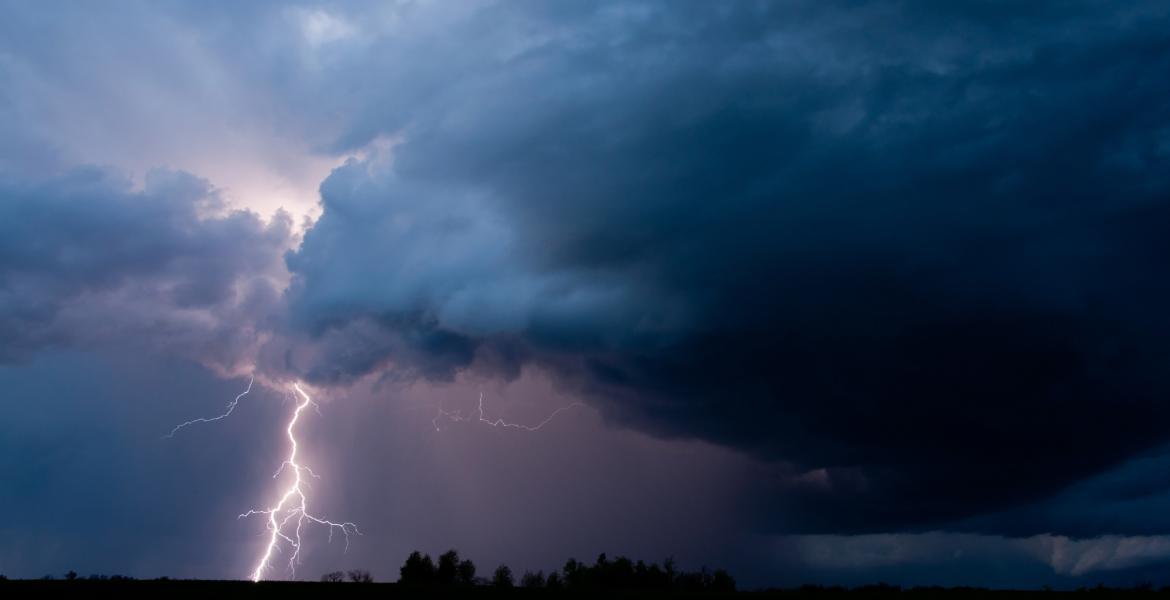SAN ANGELO, TX- In the heart of fall, many creatures begin to find final meals before settling down for the winter, or they scavenge out and wonder closer into city limits. Because of this, venomous creature can be fatal during this time of year in West Texas.
John McEachern, a wildlife biologist with the Texas Park and Wildlife said, “In this area, obviously rattle snakes [are] what everybody thinks about [for poisonous animas]. They have become more of the common ones.”
Different species of snakes reside here in San Angelo, such as the western diamond back, massasauga and prairie rattlesnakes.
“Most of the places you’re going to find them are not going to be real populated areas, even though they do show up on the edge of town sometimes,” McEachern added.
There may be a misconception that rattlesnakes are beginning to evolve and lose their buttons, but that isn’t quite the case. McEachern explained that “[rattlesnakes] are really evolving and losing their rattles. For something like that to happen, it would take thousands and thousands of years of evolution and really man's impact on rattlesnakes; and we haven’t been around long enough for that to be the cause of [rattlesnakes losing their buttons].”
McEachern also explained that there is a lack of scientific evidence to show that rattlesnakes are beginning to lose their buttons to become more quiet. One concept to consider about is “you hear people a lot of the time say that with the prevalence of wild pigs in the [Texas] area, a lot of the rattlesnakes aren’t rattling anymore because, if a wild pig hears it, they’ll come over, kill it and eat the snake.”
As wild hogs are not a big issue in San Angelo, snakes can be predominant. But, “as people expand outwards, there will be more encounters between people and snakes as well as pets and snakes,” said McEachern.
Thinking outside of the box, McEachern added that “most people don’t think of deer as being dangerous, but when they hit your vehicle, it can become a dangerous situation. Nobody thinks about a deer being a dangerous animal, but when you have a high population of deer like we do in the Concho Valley, and, plus with the road system that we have, [it] goes through a lot of deer habitat. Those collisions are going to happen.”
Tony Baez with the Abilene Zoo reiterated McEachern's discussion on poisonous animals.
He said, “When people think of dangerous animals [that] we normally come across, [they ask] what are the venomous ones? But really, [venomous animals] aren’t the only [dangerous] animals we can encounter.”
For venomous animals, Baez of course mentioned rattlesnakes. “There have been a lot of rattlesnake bites, the most at vet clinics. The reasoning why is because snakes are getting ready to bed up and are eating their last meals. [Therefore], they are encountering animals and people a little bit more.”
Baez agreed that deer make the list of dangerous animals for humans to encounter. He also mentioned wild hogs and coyotes and other species.
“As far as being dangerous, it could be anything, even a mosquito," he noted. "They’re the most dangerous animal alive. [Mosquitos are] responsible for the most deaths by their diseases.”
Baez concluded that, when coming to what is considered a dangerous animal, “it all depends on how you want to approach that. It’s an interesting question that can be answered many different ways.”
Subscribe to the LIVE! Daily
Required






Post a comment to this article here: